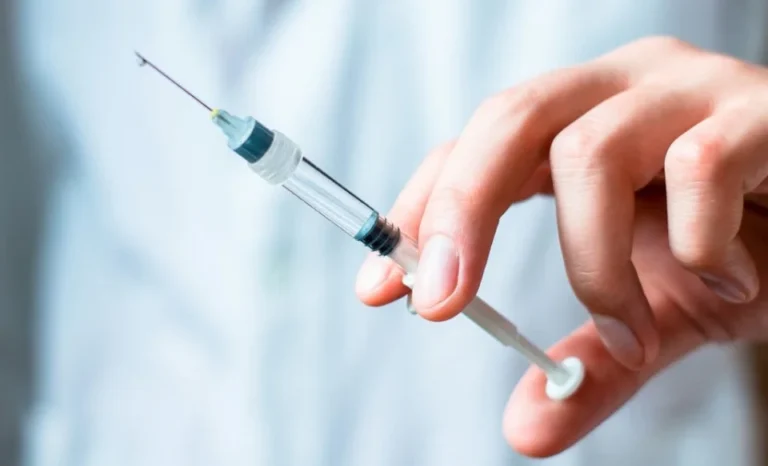Angelman syndrome (AS) is a rare genetic disorder that primarily affects the nervous system, leading to severe developmental delays, intellectual disabilities, and a distinctive set of physical and behavioral characteristics. First described by British pediatrician Dr. Harry Angelman in 1965, this condition affects approximately 1 in 12,000 to 20,000 people worldwide.
Table of Contents

Also Read: Colin Farrell Son James’ Battle With Angelman Syndrome
Causes and Genetic Mechanism
Angelman syndrome is caused by a loss of function in the UBE3A gene located on chromosome 15. Typically, individuals inherit one copy of the UBE3A gene from each parent, but only the maternal copy is active in certain parts of the brain. In individuals with Angelman syndrome, this maternal copy is either missing, altered, or silenced, leading to the absence of UBE3A protein in the brain, which is crucial for normal neurological development.
There are several genetic mechanisms that can lead to Angelman syndrome:
- Deletion: The most common cause, accounting for about 70% of cases, involves the deletion of a segment of chromosome 15 that includes the UBE3A gene.
- Uniparental Disomy (UPD): In about 3-7% of cases, a child inherits two copies of chromosome 15 from the father and none from the mother, resulting in the absence of the maternal UBE3A gene.
- UBE3A Mutation: Around 10% of cases are caused by mutations in the maternal UBE3A gene that prevent it from functioning properly.
- Imprinting Center Defect: In about 3% of cases, there is a defect in the imprinting center, which controls whether the UBE3A gene is active or inactive.
Signs and Symptoms
Angelman syndrome is characterized by a combination of physical, developmental, and behavioral symptoms. These symptoms typically become noticeable in early childhood, around 6 to 12 months of age, as developmental delays become apparent.
Common features include:
- Severe developmental delays: Children with Angelman syndrome often show significant delays in motor milestones such as sitting, crawling, and walking. Speech development is also severely affected, with most individuals having minimal or no use of words.
- Intellectual disability: Individuals with Angelman syndrome generally have moderate to severe intellectual disabilities, with cognitive impairments that affect learning and problem-solving skills.
- Movement and balance issues: Many children with Angelman syndrome exhibit ataxia (a lack of muscle coordination) and tremors, which can lead to difficulty walking and maintaining balance.
- Seizures: Epilepsy is common, with seizures typically beginning between 2 and 3 years of age. These can vary in type and severity, often requiring medical management.
- Happy demeanor: One of the hallmark signs of Angelman syndrome is a consistently happy and excitable demeanor, often characterized by frequent smiling, laughter, and hand-flapping movements.
- Sleep disturbances: Many individuals with Angelman syndrome experience significant sleep disorders, including difficulty falling asleep, frequent waking during the night, and reduced need for sleep.
Diagnosis
Diagnosing Angelman syndrome typically involves a combination of clinical evaluation and genetic testing. Pediatricians and neurologists may suspect Angelman syndrome based on the presence of characteristic symptoms and developmental delays. However, a definitive diagnosis is usually made through genetic testing, which can identify the specific genetic abnormalities associated with the disorder.
Types of genetic tests used include:
- Chromosomal microarray analysis (CMA): This test can detect deletions in chromosome 15, which are the most common cause of Angelman syndrome.
- Methylation analysis: This test checks for imprinting defects that can silence the maternal UBE3A gene.
- UBE3A gene sequencing: This test identifies mutations in the UBE3A gene.
Treatment and Management
While there is currently no cure for Angelman syndrome, various treatments and interventions can help manage symptoms and improve the quality of life for affected individuals.
Common management strategies include:
- Physical and occupational therapy: These therapies can help improve motor skills, balance, and coordination.
- Speech therapy: Although most individuals with Angelman syndrome will have limited speech, alternative communication methods, such as sign language, communication boards, or speech-generating devices, can be beneficial.
- Behavioral therapy: Interventions can help manage behavioral issues and improve social interactions.
- Seizure management: Antiepileptic medications are often required to control seizures, which are common in individuals with Angelman syndrome.
- Sleep management: Sleep issues can be addressed with behavioral strategies, and in some cases, medications may be prescribed to help regulate sleep patterns.
Research and Future Directions
Ongoing research aims to better understand the underlying mechanisms of Angelman syndrome and to develop more effective treatments. Recent advancements in gene therapy have shown promise in animal models, with researchers exploring the possibility of reactivating the paternal UBE3A gene as a potential treatment. Clinical trials are also investigating new medications that target specific symptoms of Angelman syndrome, such as seizures and sleep disturbances.
Living with Angelman Syndrome
Families of children with Angelman syndrome face numerous challenges, but with appropriate support and resources, many individuals with the condition can lead happy and fulfilling lives. Early intervention, personalized care plans, and a strong support network are crucial in helping children with Angelman syndrome reach their full potential.
Organizations such as the Angelman Syndrome Foundation provide valuable resources, support, and advocacy for families affected by the disorder. As awareness and understanding of Angelman syndrome continue to grow, there is hope that future advancements in research will lead to even better outcomes for those living with this rare genetic condition.




